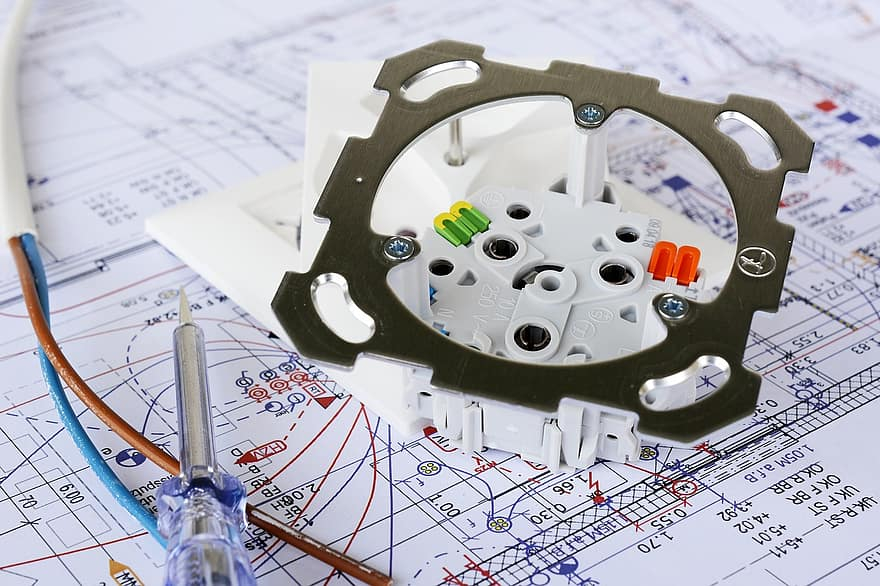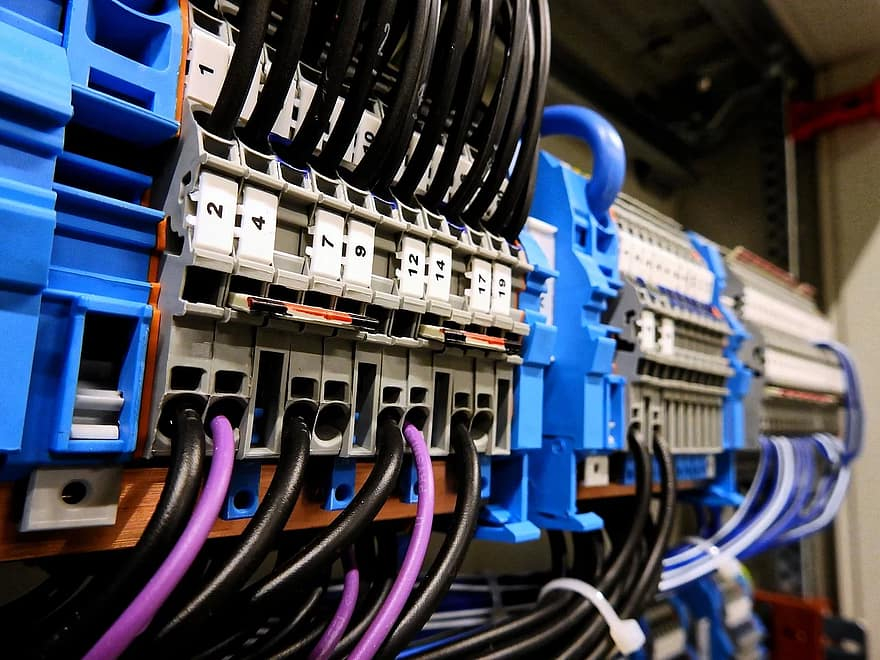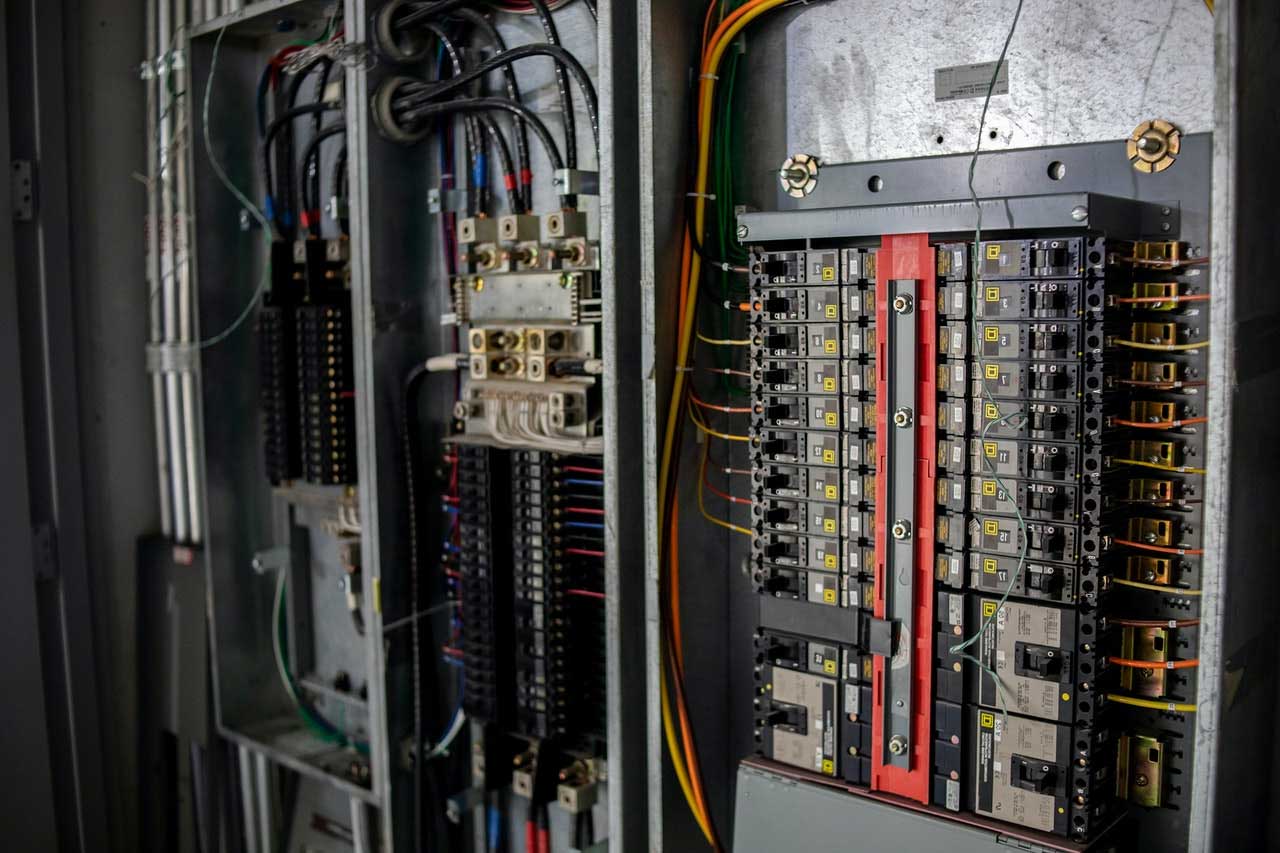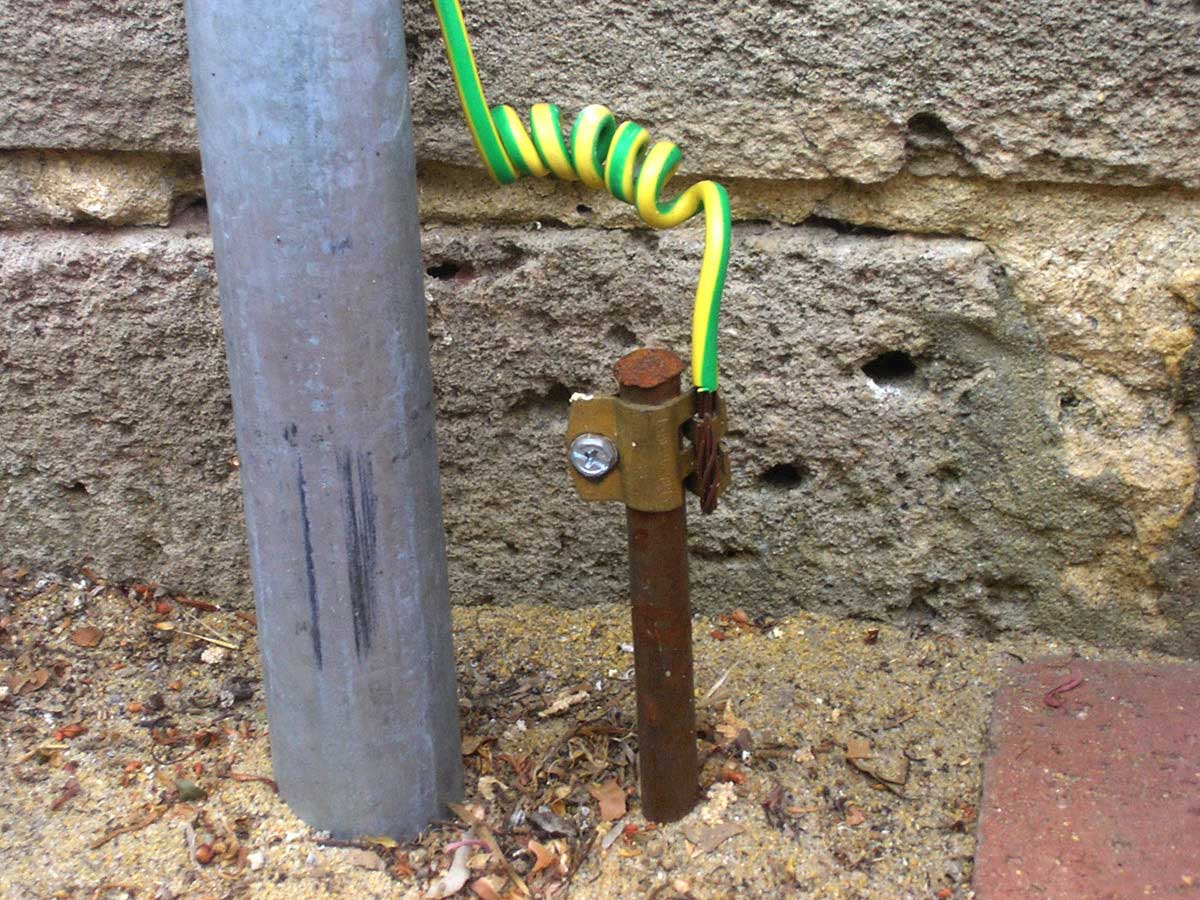Electrical Installation Guide for Residential Building You Should Know | Roy Home Design
Electrical installation projects are related to overall safety, whether fire safety or safety in economic aspect or monthly payments. Many people do an electrical installation project in the final phase of home construction.
What Is Electrical Installation and Calculation the Cost
Many people do an electrical installation project in the final phase of home construction. This can be a mistake because an electrical installation project can be prepared in the first phase. This is to determine where is the right cable location and not be blocked, both on the foundation and the wall. For example, electrical circuit, power installation, grounding (earthing system), electrical panel, or electrical wiring.
See also: How to Install Light And Air System For Home Properly
-
Electrical Installation
Electrical installation is a system or circuit that is used to transmit electrical power to lamps or other electrical devices. Electrical installations are divided into two parts, lighting circuit, and power circuit.
- Lighting circuits are electrical systems that are used to provide power to lamps. Electricity is converted to light. This installation is divided into two, indoor installations and outdoor installations.
- The electrical power circuit is an electrical system that is used to turn on electrical devices. For example, household appliances, office equipment, industrial equipment, and so on.
Besides aesthetic factors, the installation of lighting systems and power circuits must meet technical requirements. The technical requirements in electrical planning are as following
- Safe for humans, animals, or goods.
- The material installed must meet quality standards.
- The conductor (cable) must use a cable diameter that matches the electric current power.
- The drop voltage should not exceed 2% from the minimal lighting voltage, and 5% from the minimal device voltage.
-
Electric Panel (Distribution Board)
An electric panel is a place or main electrical safety box, both mechanically and electrically or people more familiar know it a fuse board or MCB (Miniature Circuit Breaker).
The electric panel box material is made of iron plates or plastic. For large electrical usage, the electrical panels box is made of iron plates.
The main purpose of an electrical panel is to block if a short circuit is occurring in the electrical circuit. The electric panel will automatically cut off the failure electrical circuit from the power source. The electrical panel circuit consists of fuses and MCB (Miniature Circuit Breaker).
- Fuse is an electrical safety device that has a working process by melts a wire, when the wire is passed by an electric current of a certain size, generally 2 Amperes, 4 Amperes, 6 Amperes, and so on. The wire is placed in a particular tube.
- MCB (Miniature Circuit Breaker) is a mechanical safety device that works using thermal systems (heat). When a large electric current passing through the MCB, then in mechanically the power will automatically cut off.
From those both of electrical panels, the type of electrical panels that are widely used is MCB (Miniature Circuit Breaker). This is due to make the electricity back to normal, just pull the lever on the panel board to its normal position and you don’t need to replace any parts of the electrical panel.
For electrical circuits at home or office, groups should be created. The purpose is when there is a short circuit from electrical devices, then not all electrical circuits will be cut off, and also it will make it easier to find where is the damaged spot. Generally, the lighting circuit group is made separate from other circuit installations, whereas, for high loads electrical devices such as air conditioners, pumps, refrigerators must have their own group as well. However, if the house has more than one story, then each story can be made an electrical circuit group separately.
Before an electrical circuit is installed, it is necessary to make a wiring diagram. Through the wiring diagram, we can know the electrical load, safety capabilities, and the spot of installation.
-
Grounding System
Grounding has a purpose for user safety when operating electrical devices and also electrical devices itself to protect from damage. However, the main purpose of grounding is for user safety.
Grounding is a current distribution to the ground (earth) if there is an electric current leakage. Earth or ground is a high voltage neutralizer.
The main principle of grounding installation is similar to the lightning rod installation. The difference is the distribution to the ground electrode. Also, grounding pit control needs to be made. Therefore, the grounding installation should not be combined with a lightning rod installation.
The grounding system has a working process if there is an electrical leakage or insulation failure on the electrical devices, then the electronic devices and other equipment will be protected from damage, and most importantly, the user is safe from electric shock. That can happen because basically, the electrical leakage will be directly distributed to the ground (earth). High electric current will make the electrical safety device cut off the electrical circuit so that the electronic devices will safe from damage and the user will avoid injury.
See also: Tips to Install Outdoor Christmas Lights
-
Lightning Rod Installation
Lightning is an electrical phenomenon that occurs in the atmosphere due to the condensation of water vapor and strong air currents. Meanwhile, the lightning rod installation is a system with its components and equipment that serves to catch the lightning current, then distributed to the ground (earth). In this way, all electronic device that connected to the electrical installations will be protected from lightning damage.
The lightning rod installation has several components.
- The lightning rod is made of copper with a sharp tip and has a minimum diameter of 1 inch.
- Conductor wire made of copper (in the market known as BC (bare core) cable) with a minimum diameter of 25 mm² (larger diameter will be better),
- Wire clamps to tie the BC cable that connected to the entire lightning rods (mostly made of copper),
- Grounding pit box. An earth tester is required to measure the ground resistance for ground electrodes. Usually, the maximum measurement value is 20 (lower is better depending on soil conditions).
- The rod ground electrode is made of copper with a sharp tip with a minimum diameter of 0.5 inches and a minimum depth of 1.5 meters, depending on soil moisture.
It is advisable to install a lightning rod if the building is located in a high lightning intensity area or, the location in the open area and the highest building compared to other buildings around it. Places that have high lightning strikes are
- open areas (fields, rice fields, cornfields),
- tall trees,
- watery or damp place,
- forest edge,
- transformer on electric substations,
- tall buildings that are not equipped with lightning rod installations.
-
Electrical Installations Cost Calculation
Electrical installations and wall constructions can be built simultaneously. The purpose is to avoid breaking into walls in the future. This work phase is the conduit pipe installations; holes for switches, sockets, and fuse boxes; and the line wiring for electrical grounding and lightning rods. Meanwhile, the installation process can be joined with ceiling installation because the cable line will be clamped to the ceiling frame.
Lighting point installation
The lighting point installation is usually counted in points. How to count it by summing all the indoor lights and outdoor lights. The garden light is counted separately because it will use a different cable type. The cost per lighting point varies depending on the cable type. The price of NYA cable is cheaper than NYM cable. Generally, a cable contains two or three wires. A two-wire cable is certainly cheaper than a three-wire cable. Another thing that affects the lighting cost is the outer jacket size (sheath), for example, 1.5 mm or 2.5 mm.
Power outlet point installation (Socket)
Generally, power outlet installation points are counted in points. How to calculate it by summing all the power outlet points both indoor or outdoor. Power outlets that use three phases, for example, water pumps or other electronic devices must be separated because the power socket type and cable are different.
The cost of power outlet also varies depending on the cable type. NYA cable price is cheaper than NYM cable. Also, the number of wires and the sheath diameter will affect the cost. On the market, you will find cables that contain two or three wires. While the sheath diameter is 1.5 mm and 2.5 mm.
The lamp types
A lamp is a source of artificial light. The types of lamps that are widely found on the market are as follows.
- Incandescent lamp (bulb) is a source of artificial light that turned on by an electric current to a tungsten wire, then it will make the wire heated and glow.
- A halogen lamp is almost like an incandescent bulb, but the bulb is filled with halogen gas. Another difference is the incandescent wire that uses tungsten so that the halogen lamp is also called a tungsten lamp.
- A fluorescent lamp is a lamp that uses tungsten incandescent wire as the cathode. In the fluorescent tube is filled with low-pressure mercury vapor and ultraviolet ray is emitted.
- Sodium lamps are divided into two types, high-pressure sodium lamps, and low-pressure sodium lamps. Inside the tube is filled with xenon and a mixture of sodium-mercury gas. This lamp uses a ballast to make it works. Some use a starter.
- Mercury lamps are work using pure mercury and argon gas as well as tungsten electrodes.
- Fluorescent lamps are electric discharge lamps that produce light, especially with the presence of fluorescent substances that are excitation by radiation. Has a low-pressure gas.
See also: Plumbing Installation For A New House You Should Know
So, if you like to obtain all these incredible pics related to Electrical Installation Guide for Residential Building You Should Know, press save icon to download these pictures for your laptop. There’re available for obtain, if you like and wish to take it, simply click save logo on the web page, and it will be directly saved in your desktop computer.
Here you are at royhomedesign.com, article above Electrical Installation Guide for Residential Building You Should Know published. Most people attempting to find details about electrical installation in building construction and certainly one of these is you, is not it?






